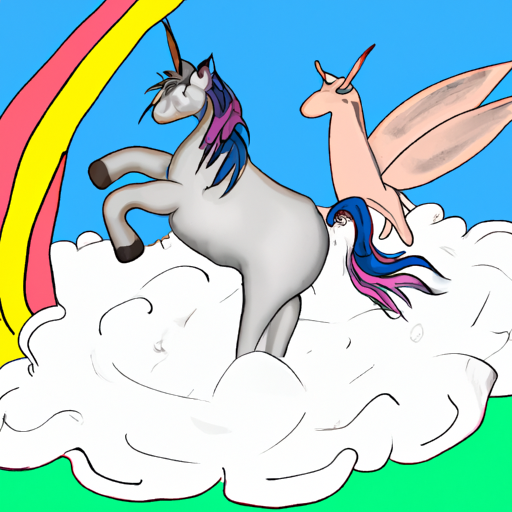The Fascinating History of Unicorns

From the start of the Indus Valley civilization, seals were a major way of depicting unicorns. The most ancient depiction of this imaginary creature goes back to that time period. Interestingly, most of the time, unicorns were interpreted to be a representation of the Aurochs, a huge cattle found in regions of Europe, North Africa, and Asia. People used to believe that if not an Aurochs, then unicorns were similar to Aurochs since it was said that there must be another horn, which was always shown in high profile but never really seen.
In Greek mythology, there is no explicit mention of the presence or existence of unicorns, but they were mentioned in accounts related to natural history. Even though Greek mythology did not mention unicorns, Greek writers had a strong belief in the existence of unicorns in real life. The writers believed that unicorns lived in the Indian region, which served as a fabulous realm.
Did you know that there is a unicorn seal of Indus Valley civilization, which can be found in the museum of India? Apart from that, there is a huge gilt statue of a unicorn in the city hall of Bristol. These depictions of unicorns, made using seals, statues, and drawings, are given great regard by people and are considered to be quite high in social ranking.
Unicorns may not have existed in reality, but their symbols represent beauty, grace, and magic that fascinate people across the world. From ancient times to the present day, unicorns continue to inspire and captivate our imaginations.